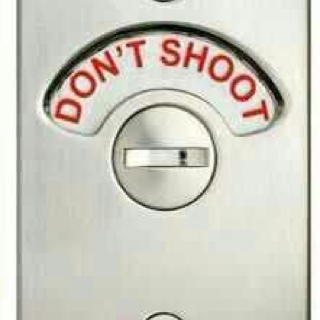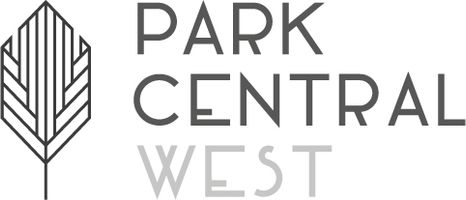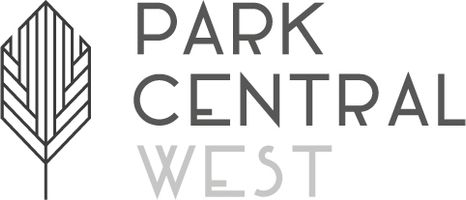Information
-
Hot Works Permit number
-
Store Name
-
Permit processed on
-
Permit compiled by
-
Permit requested by
SECTION A - PROPOSAL (To be completed by the person responsible for carrying out the work)
-
Nature of Work to be undertaken
-
Grinding
-
Cutting
-
Welding
-
Other
-
The above location has been examined and the precautions listed on the reverse side of this form have been complied with as indicated.
-
To be completed by Store
-
Store Contact Name:
-
Contact Designate / Title:
-
Date and Time:
-
Signature:
-
Contractor Contact Details (where applicable):
SECTION B - AGREEMENT (To be completed by the company fire officer or other nominated person)
-
This Hot Work Permit is issued subject to the following conditions:
-
Date of issue of hot works permit
-
Date of expiry of hot works permit
-
Additional required conditions:
Area to be cleared of all stock
Fire fighting equipment to be on standby -
Permit Approved By:
SECTION C - FIRE WATCH (To be completed by member of staff or contractor responsible for the work before returning this permit to the issuer)
-
The work area and all adjacent areas to which sparks and heat might have spread (such as floors below and above, and areas on other sides of walls) have been inspected and found to be free of fire following completion of work.
-
To be completed by Store
-
Store Contact Name:
-
Contact Designate / Title:
-
Date and Time of completion inspection: (This must be at least 1 hour after work was completed)
-
Signature:
-
NOTE:-
It is not desirable to issue permits for protracted periods. Fresh permits should be issued, for example, where work extends from morning to afternoon.
NB: Where work is being carried out by a contractor, the issuer of the permit should ensure that the contractor has complied with the requirements prior to work being carried out, and should be satisfied that the area is free of fire when work is completed.
SECTION D - HOT WORKS PERMIT CONDITIONS
-
Hot Work shall include but not be limited to the use of gas and electrical powered welding burning or cutting equipment blow lamps and blow torches grinding equipment and vessels for heating of bitumen compounds.
The Hot Work Area shall mean an area of space within a 10 meter radius vertically as well as horizontally of any Hot Work where such Hot Work involves any use of gas and electrical powered welding burning or cutting equipment.
In respect of other Hot Work the Hot Work Area shall mean an area of space within a 3 meter radius vertically as well as horizontally of such work.
Precautions applicable to all Hot Work away from any premises owned leased or rented by the Insured: -
1) Before Hot Work is commenced the occupier of the premises must be informed of the proposed safety precautions and asked for specific authority to proceed and a Hot Work Permit completed either in the form attached at Appendix A or in a similar form provided by the occupier provided always that the completion of the Hot Work Permit shall not vary or waive any of the undertakings or conditions precedent contained herein.
-
2) The Hot Work Area is to be cleared of loose or exposed combustible or flammable material or liquids. If such combustible material or liquids cannot be removed they should be protected with flameproof covers. Floors, walls, ceilings, roofs, ducts and partitions made of combustible material are also to be protected with flameproof covers.
Openings in floors, walls, ceilings, roofs or duct within the Hot Work Area are to be closed, covered sealed or otherwise rendered impervious to the passage air. -
3) Before applying heat to metal or other conducting material which is built into or projects through
Walls, partitions, cavities, ceilings, or floors, roofs or ducts an examination is to be made to ensure that there is no combustible material in hazardous proximity to such metal or conducting material which may be ignited direct or conduction or direct heat. -
4) No Hot Work is to be carried out:
a) in atmosphere which are potentially explosive through the presence of vapours or dust; or
b) in areas where flammable fluids and/or flammable materials are not totally enclosed or where processes incorporating the same are not shut down;or
c) on metal or other conducting materials in contact with combustible walls, partitions, cavities, ceilings, floors, roofs or ducts if close enough to cause ignition by conduction or direct heat. -
5) Throughout the period of Hot Work and throughout the period of examination after termination of work referred to in precaution 8 a fire extinguisher of a suitable capacity and type having regard to area at risk shall be kept available for immediate use.
-
6) All persons engaged in the Hot Work shall be made aware of the location of all fire equipment.
-
7) The Insured must ensure that all fire protection controls remain effective during the period of Hot Work such fire protection controls are to include but not be limited to, fire doors being closed, sprinkler systems remaining operable and ventilation to prevent formation of explosive atmospheres remaining operable.
-
8) The Insured must ensure that a thorough examination is made in and about the Hot Work Area including behind walls, partitions, ceilings, roofs or floors, during operations. The same examination is to be continuously carried out for a minimum of 60 minutes after any termination of any Hot Work before the Hot Work Area can be left unattended by the Insured.
-
9) Hot Work equipment, when lit, or naked flames shall never be unattended for any period of time.
-
10) Blow Lamps and Blow Torches shall only be filled in the open.
-
11) Vessels for heating of bitumen or bituminous compounds shall only be used in the open and shall be continuously attended whilst heating is taking place.
-
12) Without prejudice to the generality of any the foregoing the Insured shall take all reasonable care to prevent accidents and act in accordance with all generally accepted safe working practices and all applicable statutory obligations and regulations.












